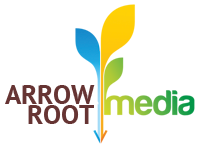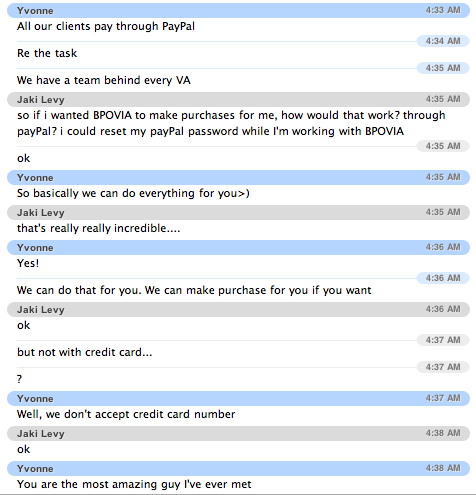Last year, I presented at a great conference organized by Soundstreams. One of the speakers, Max Valiquette from Youthography, presented research about online communities. He spoke of a Pyramid of Engagement. I couldn’t find his research or article, but after a quick online search, I found this article posted below (along with a nice image).
[This article is reposted in whole. View the Original Article posted on The Facebook Era]
In any community, online or otherwise, there will be varying levels of engagement among members. At the Social Media Influence Conference in London this week, Guillaume du Gardier who is New Media Executive at Ferrero explained his pyramid model for understanding passive and active visitors to his brand’s various online communities. Thanks to Guillaume’s inspiration, I have distilled a general pyramid framework with four levels:

pyramid by Charlene Li, of Groundswell/Forrester Research
At the top of the pyramid are a small number of creators, including your most influential community members. They are your evangelists, most ardent fans, and passionate contributors of new ideas.
Next are those who tend to comment on, though generally not contribute, ideas and discussion threads already put forth by others. These individuals are essential for creating a sense of dialogue across different members of the community, for helping to refine ideas and make them better.
One step down are people who vote and tag items in your community. They express their preferences and opinions in the lowest-commitment way possible, but are still engaged.
Last but not least are the bulk of your community visitors: people who are just visiting, consuming content but not participating per se.
Online marketing managers need to understand what the pyramid looks like for their particular communities, how they can encourage people to become increasingly engaged over time, and how specifically each engagement level might lead to or be correlated with sales. For many of us, this might be a better, more nuanced way for linking our marketing funnel (as measured by online engagement in this case) and sales pipeline in the Facebook Era.
Read the original post
Buy the book
UPDATE : For great resources and insights on social networks, read Groundswell





